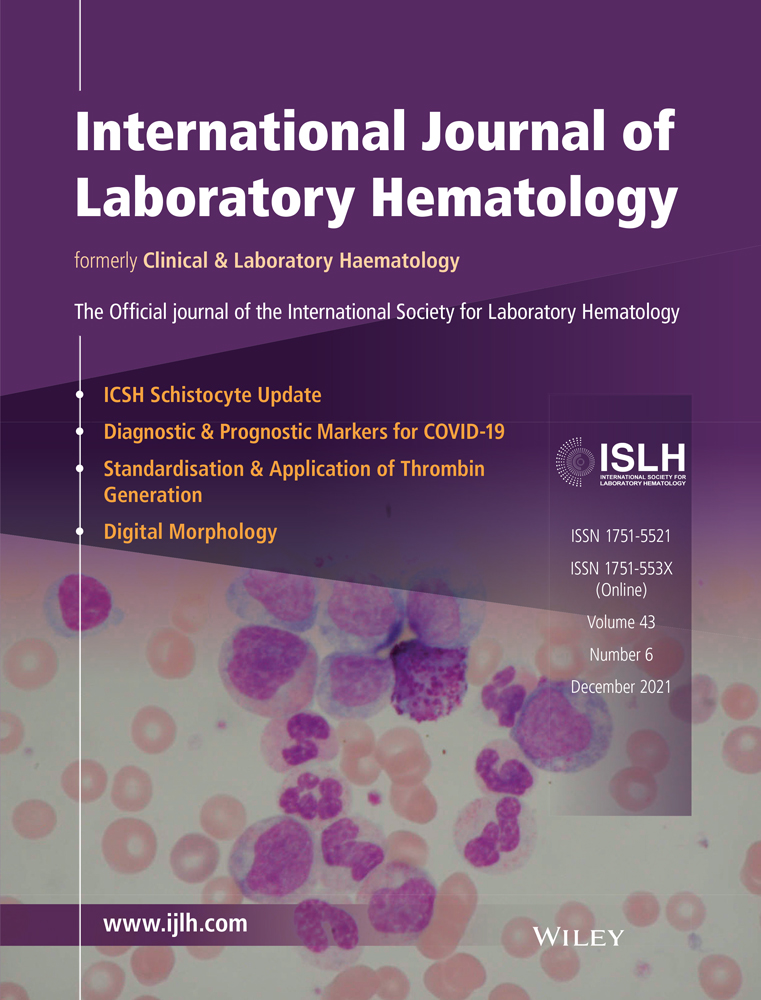Evaluation of Sigma metric approach for monitoring the performance of automated analyzers in hematology unit of Alexandria Main University Hospital
Funding information
There are no funders for this work.
Abstract
Introduction
Sigma metric offers a quantitative framework for evaluating process performance in clinical laboratories. This study aimed to evaluate the analytical performance of automated analyzers in hematology unit of Alexandria Main University Hospital using the sigma metric approach.
Materials and Methods
Quality control data were collected for 6 months, and sigma value was calculated from hematology analyzers SYSMEX (XN 1000, XT 1800i), ADVIA (2120i, 2120), and coagulation analyzers SYSMEX CA 1500 (3610, 6336).
Results
For the normal control level, satisfactory mean sigma value ≥3 was observed for all of the studied parameters by all analyzers. For the high control level, red blood cell count by ADVIA 2120, and hematocrit by ADVIA (2120i and 2120) performed poorly with a mean sigma value <3. For the low control level, red blood cell count by ADVIA (2120i and 2120), hemoglobin by ADVIA 2120, hematocrit by ADVIA (2120i and 2120) and SYSMEX XN 1000, platelet count by the SYSMEX XT 1800i also performed poorly with a mean sigma value <3. Satisfactory mean sigma value of ≥3 was observed for prothrombin time and activated partial thromboplastin time for both normal and pathological control levels and analyzers.
Conclusion
Sigma metrics can be used as a guide to make QC strategy and plan QC frequency and can facilitate the comparison of the same assay performance across multiple systems. Harmonization for TEa source is recommended to standardize sigma value calculation.
CONFLICT OF INTERESTS
No potential competing financial, personal, political, intellectual, or religious interests were reported by the authors.
Open Research
DATA AVAILABILITY STATEMENT
Data available in article supplementary material




